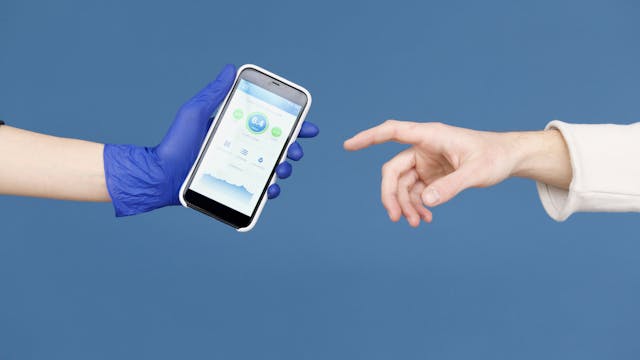Harnessing Smartphone Technology for Groundbreaking Digital Medical Therapies
Smartphones, often criticized for their role in the youth mental health crisis, are emerging as powerful tools for healthcare through prescription digital therapeutics (PDTs). While excessive social media use is linked to mental health challenges, PDTs are leveraging the same brain-rewiring mechanisms to provide effective treatments for complex conditions.
Studies have shown that smartphones impact brain regions like the prefrontal cortex and reward circuits, contributing to impulsivity and addiction. However, when used purposefully, they can stimulate neuroplasticity to create positive behavioral changes. PDTs, FDA-regulated app-based therapies prescribed by physicians, are already delivering results for conditions such as migraines and chronic pain by guiding patients through interactive exercises that build new neural pathways.
Unlike traditional therapies, which often require extended timelines, PDTs show benefits within weeks, combining principles of cognitive behavioral therapy (CBT) with gamification to train the brain for real-world applications. These therapies integrate seamlessly with pharmaceutical treatments, creating holistic care plans that improve patient outcomes with minimal side effects.
Smartphones present both a public health challenge and an opportunity. The healthcare sector must continue advancing PDTs while implementing safeguards against risks posed by excessive technology use. Clinicians, policymakers, and innovators are urged to explore this potential to revolutionize patient care and address the pressing demands of the healthcare system.
The Same Processes that Make Smartphones a Risk for Young People Must Be Harnessed to Provide Beneficial Digital Medical Treatments For All (Lakhan, 12/30, MedCityNews).



